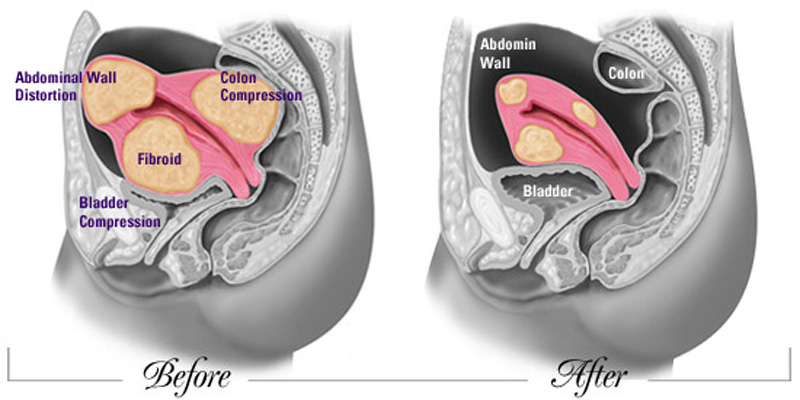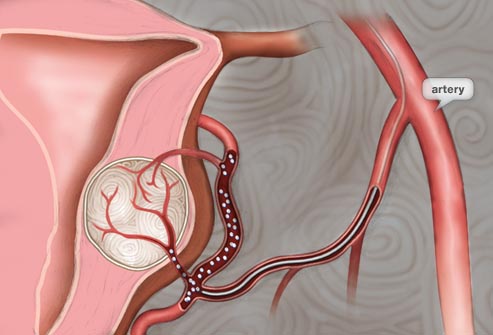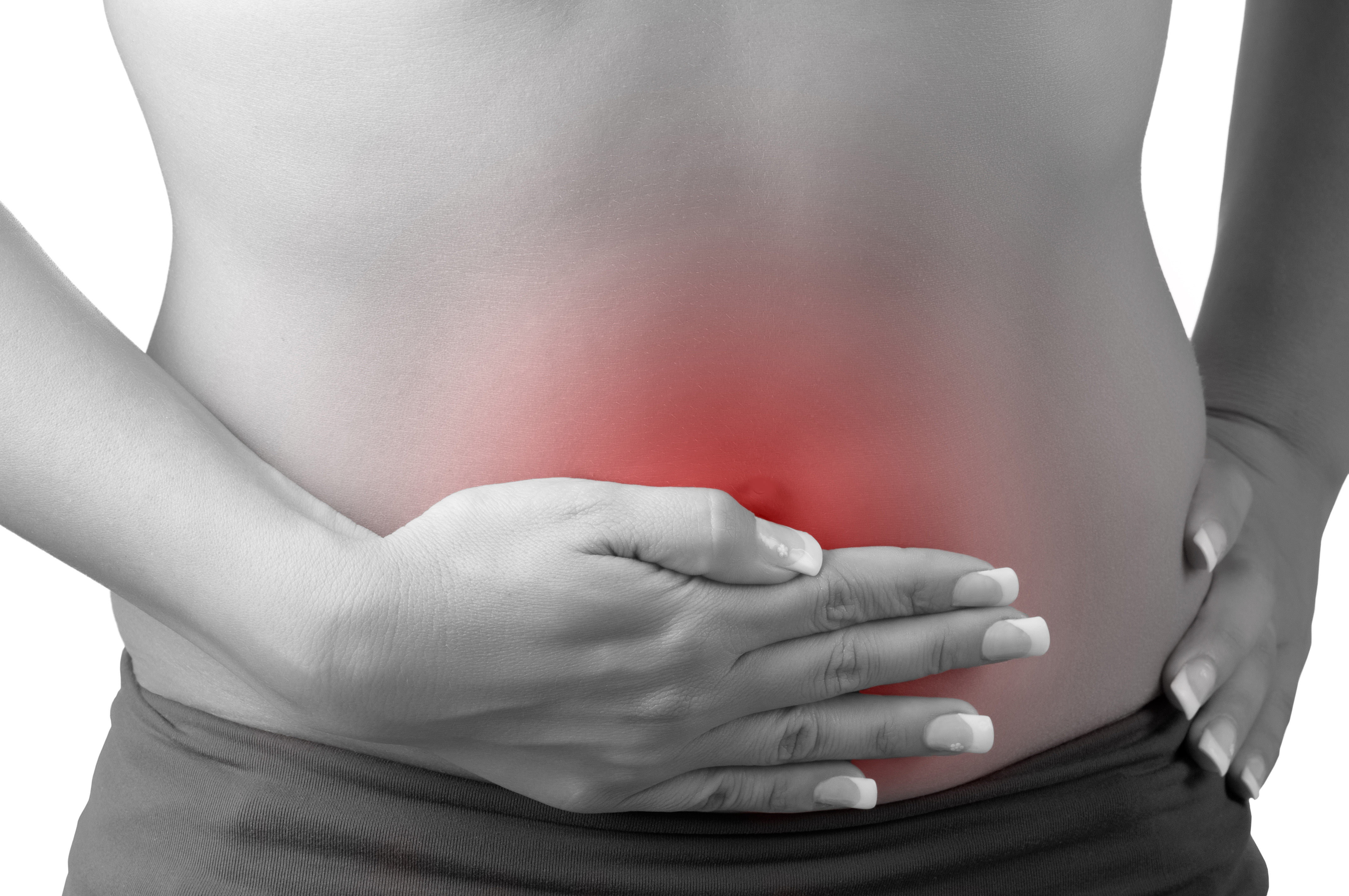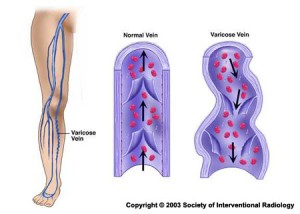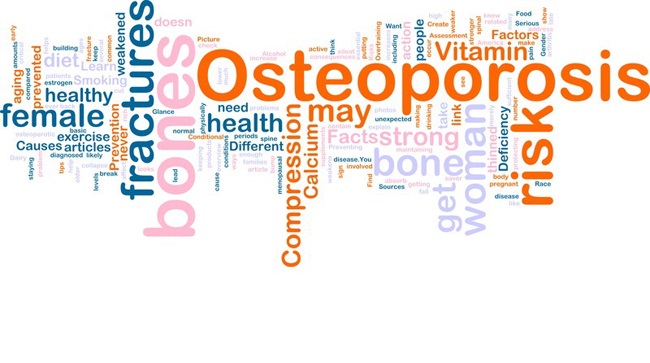
Dr. Jerry Niedzwiecki, MD FSIR
727-791-7300
[email protected]
Advanced Imaging & Interventional Institute (AI3) Celebrates National Osteoporosis Month
Clearwater, FL (May 1st, 2014) — Advanced Imaging & Interventional Institute (AI3) is joining with the National Osteoporosis Foundation to celebrate National Osteoporosis Month beginning on May 1. As part of the annual observance, NOF is calling on women and men to start conversations about bone health and family history as the first step to protecting themselves and future generations from osteoporosis.
In the U.S today, about 10 million individuals have osteoporosis and another 34 million have low bone density, placing them at increased risk for osteoporosis and broken bones. In fact, a woman’s risk of breaking a hip is equal to her combined risk of breast, uterine and ovarian cancer. Despite these startling facts, NOF recently surveyed mothers and daughter and found that 94 percent of mothers and daughters admit they are not concerned with osteoporosis as a health condition and only 26 percent have spoken with one another about the disease. With up to one in four men at risk of suffering a broken bone due to osteoporosis, men need to be taking part in these conversations as well.
AI3 is hoping to help ignite these important conversations and spread osteoporosis prevention messages to women and men by celebrating National Osteoporosis Month and bringing much-needed attention to osteoporosis.
AI3 is an interventional Radiology Outpatient Center in Clearwater, Florida. We offer pain relieving procedures for treating compression fractures caused by Osteoporosis.
To help raise awareness and protect future generations from osteoporosis AI3 is joining with the National Osteoporosis Foundation and calling on men and women of all ages to join the conversation by:
- Talking with family members and loved ones about bone health, calcium, vitamin D, exercise and other ways to prevent osteoporosis;
- Asking their healthcare provider about their osteoporosis risk factors and when to get a bone density test; and
- Striving to get enough calcium, vitamin D, and bone healthy exercise everyday.
For more information about osteoporosis, including prevention, risk factors and treatment, please visit the National Osteoporosis Foundation website at www.nof.org or call 1 -800-231-4222.
About the National Osteoporosis Foundation
Established in 1984, the National Osteoporosis Foundation, a leading community-focused health organization, is dedicated to the prevention of osteoporosis and broken bones, the promotion of strong bones for life and the reduction of human suffering through programs of awareness, education, advocacy and research. For more information on the National Osteoporosis Foundation, visit www.nof.org.
AI3 Pain Management for Osteoporosis Compression Fractures
Vertebroplasty / Kyphoplasty
Vertebroplasty and Kyphoplasty are minimally invasive procedures for the treatment of painful vertebral compression fractures (VCF) caused by Osteoporosis, which are fractures involving the vertebral bodies that make up the spinal column
• When a vertebral body fractures, the usual rectangular shape of the bone becomes compressed, causing pain
• These compression fractures may involve the collapse of one or more vertebrae in the spine and are a common result of osteoporosis, a disease that results in a loss of normal bone density. Vertebrae may also become weakened by cancer
• Vertebroplasty and Kyphoplasty are performed on patients who are elderly or frail and will likely have impaired bone healing after a fracture, have vertebral compression due to a malignant tumor, suffer from osteoporosis due to long-term steroid treatment or a metabolic disorder, have vertebral compression or a fracture due to an auto accident
• In Vertebroplasty, physicians use image guidance to inject a cement mixture into the fractured bone through a hollow needle
• In kyphoplasty, a balloon is first inserted into the fractured bone through the hollow needle to create a cavity or space, cement is injected into the cavity once the balloon is removed
Call Dr Jerry at 727-791-7300 for a consultation on Osteoporosis Compression Fractures
